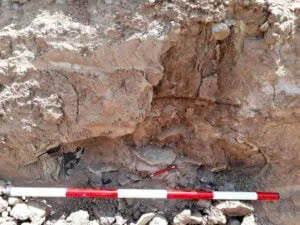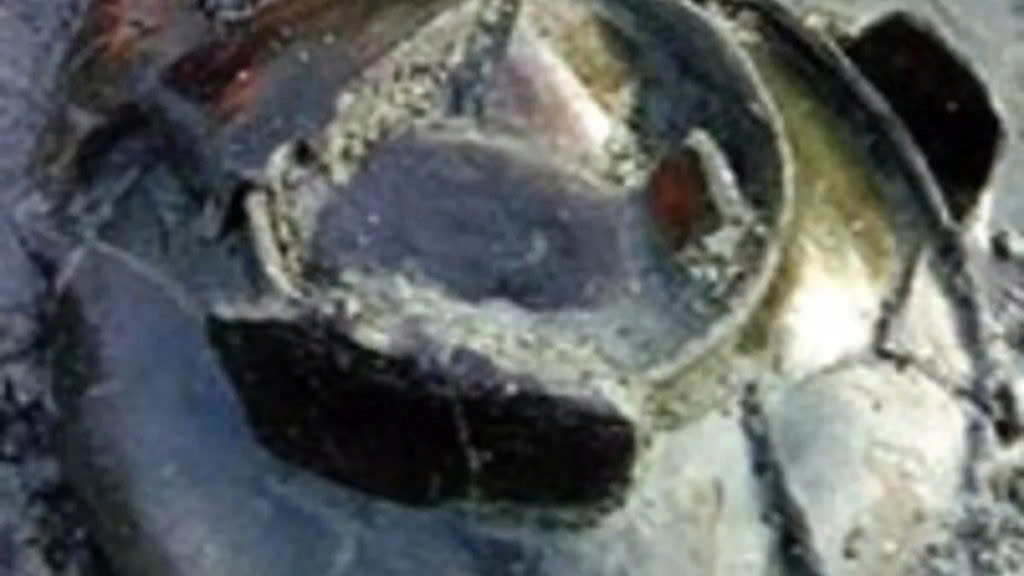An oil drilling project in southwestern Iran has unexpectedly uncovered an ancient cemetery with large urn-like tombs, sparking interest among researchers and history buffs.

Located near the Karun River in Ahvaz, this site offers insights into burial practices from about 2,000 years ago. Archaeologist Hossein Feizi discovered human remains within beige urns covered in natural tar.

The orientation of the tombs towards the river suggests a possible link to Mithraism, an ancient religion that predates Zoroastrianism, providing new perspectives on the spiritual beliefs of the Parthian Empire (247 BC – 224 CE).
These urns bear similarities to those found in Bushehr province, indicating a common burial practice during the Parthian period and suggesting human presence in Ahvaz during that time.

While the discovery excites archaeologists, it raises concerns about site preservation. Activist Mojtaba Gahestuni has called for immediate action to protect and register the site amid ongoing oil operations.
As research continues, this accidental find highlights the rich historical heritage waiting to be explored.

